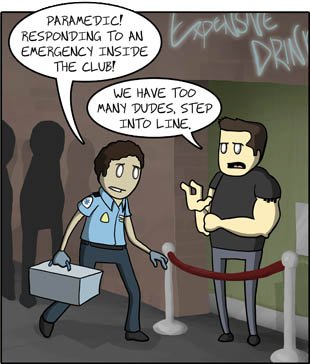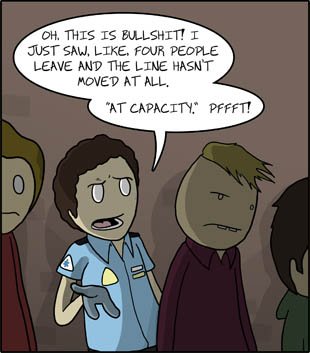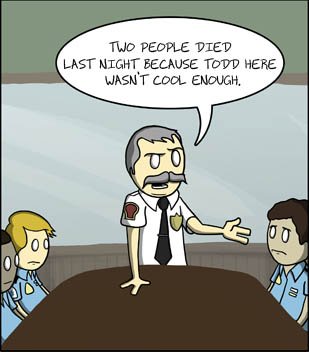Regardless of what the media will have you believe, guns are not a statistically significant cause of death in the United States. From the 2007 CDC National Vital Statistics report: (2007 is the latest year available to me)
The top ten causes of death account for 79% of all deaths in the US:
1. Diseases of heart (heart disease)
2. Malignant neoplasms (cancer)
3. Cerebrovascular diseases (stroke)
4. Chronic lower respiratory diseases
5. Accidents (unintentional injuries)
6. Alzheimer’s disease
7. Diabetes mellitus (diabetes)
8. Influenza and pneumonia
9. Nephritis, nephrotic syndrome and nephrosis (kidney disease)
10. Septicemia
11. Intentional self-harm (suicide)
12. Chronic liver disease and cirrhosis
13. Essential hypertension and hypertensive renal disease (hypertension)
14. Parkinson’s disease
15. Assault (homicide) (less than .8% of all deaths)
The fact is, life expectancy in the US has been increasing. There are plenty of intrusive laws that would save more lives than gun control. Outlaw fatty foods, salt, tobacco, artificial foodstuffs, sugar, sweets of any kind, cars, alcohol, pointy objects, tall buildings, and then talk about guns. Perhaps we could outlaw obesity.
In 2007, 31,224 persons died from firearm injuries in the United States, accounting for 17.1 percent of all injury deaths that year. 55.6% of these deaths were suicides. Gun control would not prevent suicide, unless you also outlaw sleeping pills, tall buildings, and any other means by which a person could take his or her own life.
Homicides are statistically insignificant at less than 1% of all deaths, especially if you are not part of the at risk demographic of being an African-American (5.7 African Americans were murdered for every Caucasian.) drug dealing male (3.8 males were murdered for every female) gang member between the ages of 15 and 25, who has never been married. That demographic accounts for nearly one quarter of all firearm homicides in the United States. Perhaps we could outlaw drug dealers, gangs, males, or African Americans. (<—That is SARCASM for those of you unfamiliar with the term.)
Even at that, firearms only accounted for 40.5% of all homicides. Overall, the rate of death by assault is only 6.1 per 100,000 for all demographics, and less than 5 per 1,000,000 for Non-Hispanic Caucasians. This small number is likely greatly decreased if you are not a drug dealer or a gang member.
A total of 38,371 persons died of drug-induced causes. This category includes not only deaths from dependent and nondependent use of legal or illegal drugs, but also poisoning from medically prescribed and other drugs. Perhaps we could outlaw drugs, or at least control access to them. Oh wait, we already do that.


